Boat Fire Extinguisher: Types and Number Required Approved type
What type of fire extinguisher is required on a motorized pleasure craft?
Different types of fires can occur on a motorized boat, and each type of fire requires a different type of extinguisher. A motor boat should have a type BC fire extinguisher on board capable of fighting combustible liquid and electrical fires. The letters on a fire extinguisher determine what types of fires it is designed to fight.
What are the 4 types of fire extinguishers?
Class A fire extinguisher
Fights a solid combustible (wood, textiles, paper, etc.).
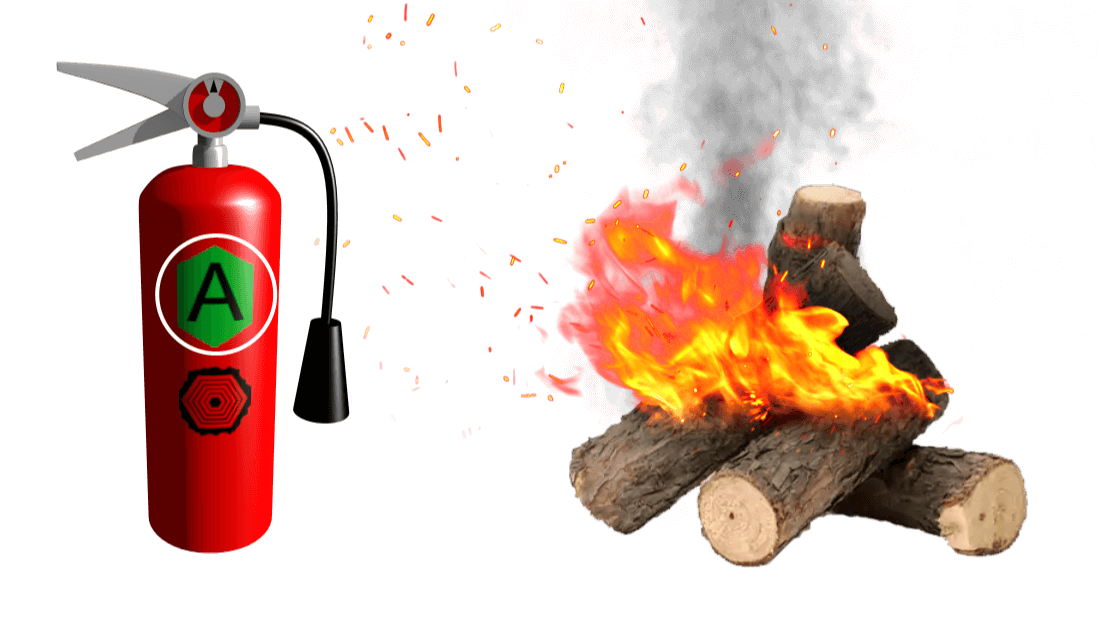
Class B fire extinguisher
Fights combustible liquids (flammable liquid, paint, grease, and oil)
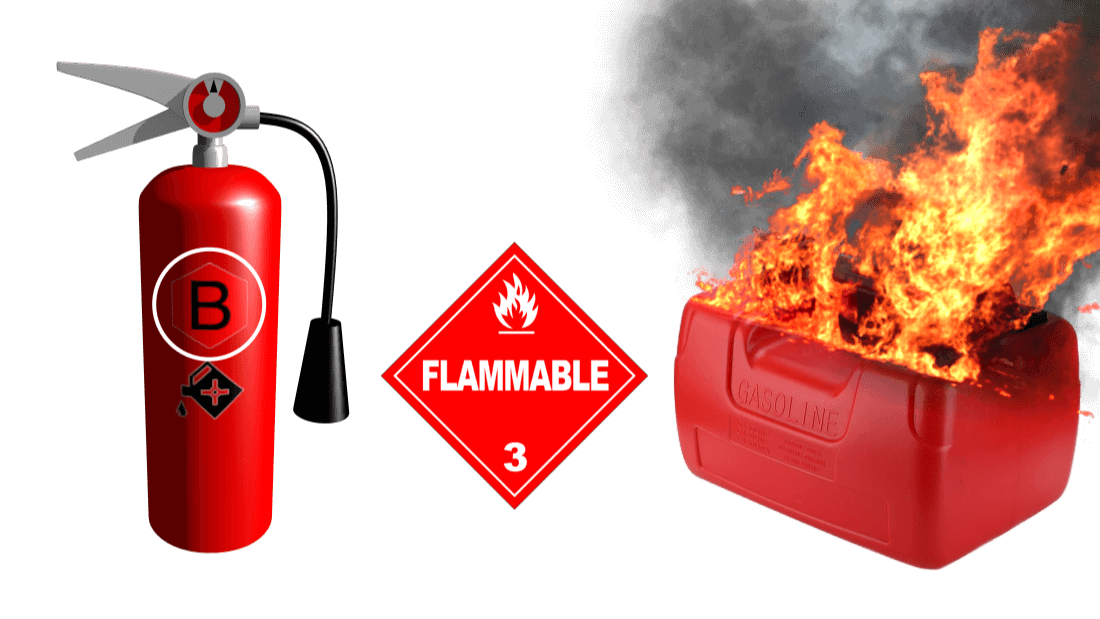
Class C fire extinguisher
Fights an electrical fire (motor, fuse box and cables)
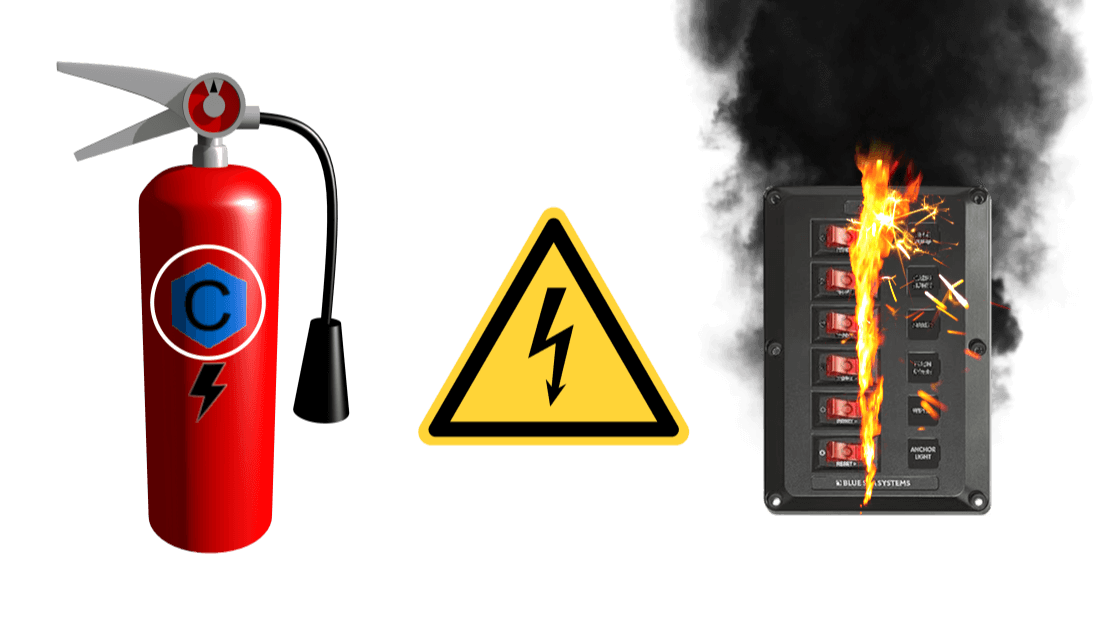
Class D fire extinguisher
Fights metals like magnesium
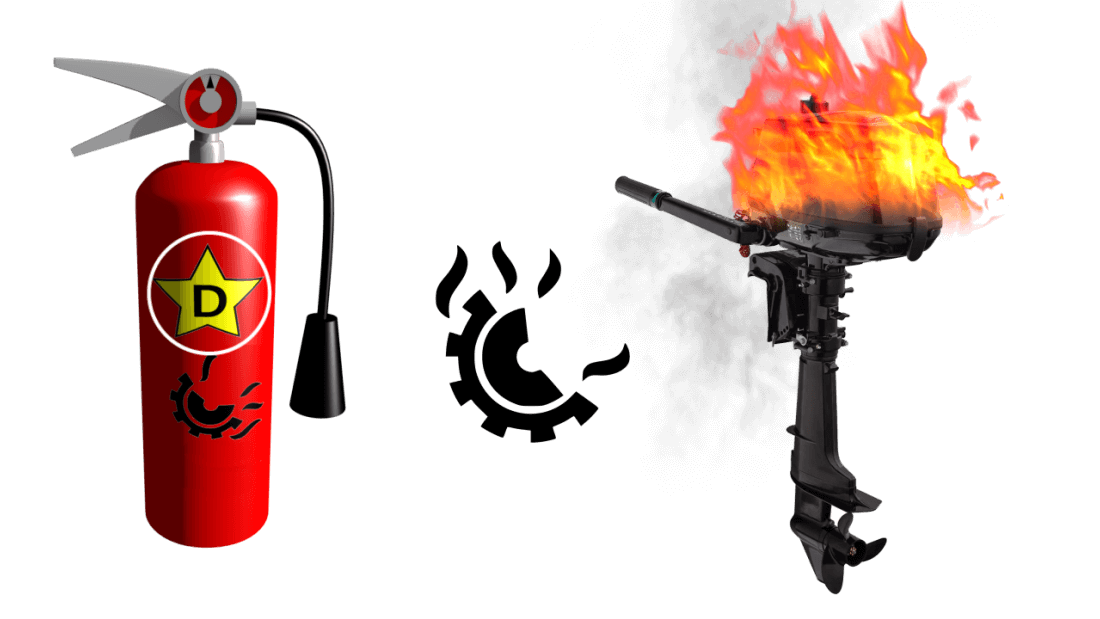
The number before the letters on the extinguisher tells you how big a fire it will put out compared to other extinguishers. For example, a 10BC device will put out a larger fire than a 5BC device.
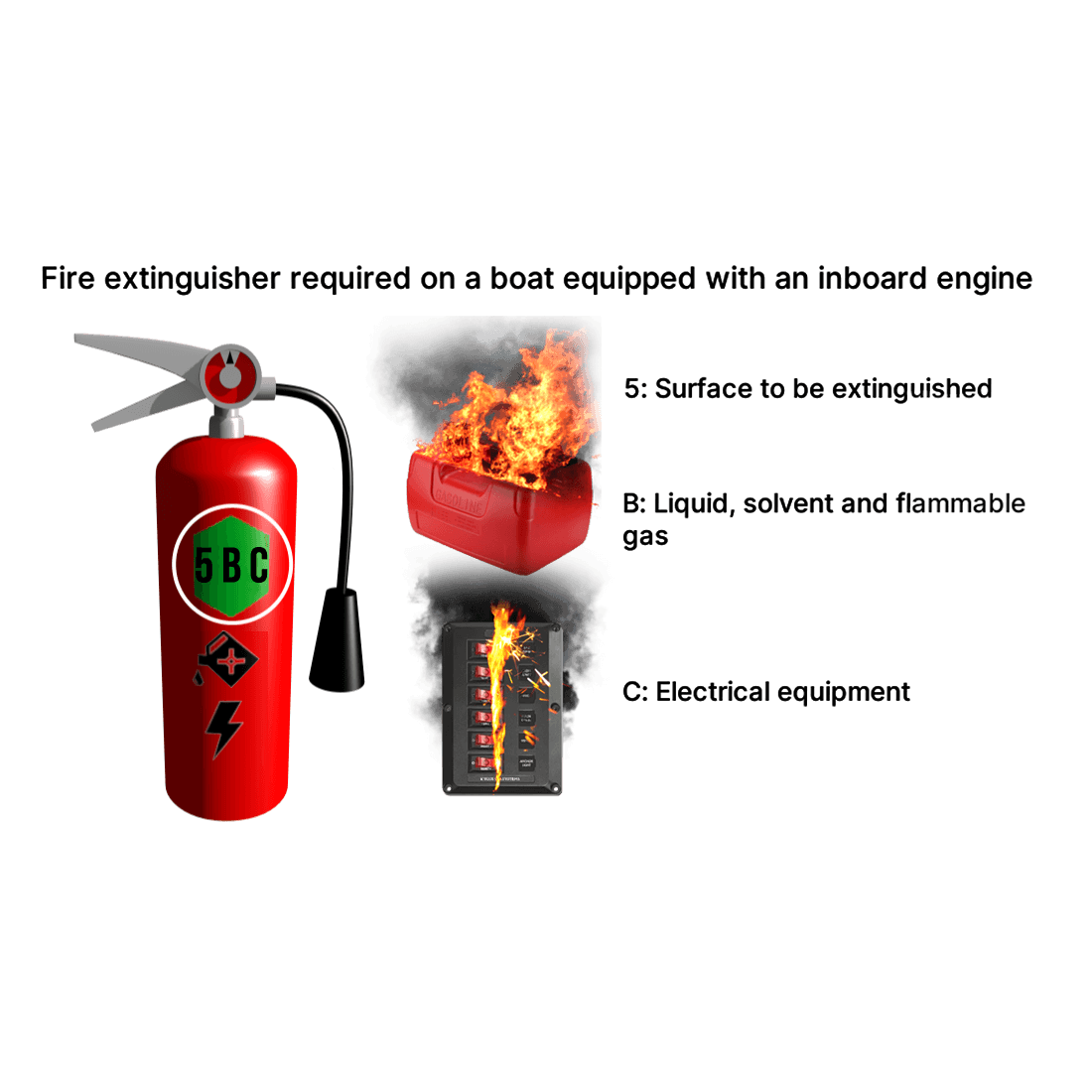
What determines the number of fire extinguishers required on a pleasure craft?
The type of devices on board and the length of the boat will determine the number and type of fire extinguishers required on your pleasure craft.
Pleasure craft up to 6 m
One 5BC fire extinguisher is required if the pleasure craft is equipped with an inboard engine, a fixed fuel tank of any size, or a fuel-burning cooking, heating, or refrigerating appliance.
Pleasure craft over 6 m and up to 9 m
One 5BC fire extinguisher if the vessel is power-driven
One 5BC fire extinguisher if equipped with a fuel-burning cooking, heating or refrigerating appliance
Pleasure craft over 9 m and up to 12 m
One 10BC fire extinguisher if the vessel is power-driven
One 10BC fire extinguisher if equipped with a fuel-burning cooking, heating or refrigerating appliance
Pleasure craft over 12 m and up to 24 m
One 10BC fire extinguisher at the following locations:
- At every entry point to a compartment with a fuel-burning cooking, heating, or refrigerating appliance,
- At the doorway of any living area,
- At the opening of the engine room.
Pleasure craft over 24 m
One 10BC fire extinguisher at the following locations:
- At every entry point to a compartment with a fuel-burning cooking, heating, or refrigerating appliance,
- At the doorway of any living area,
- At the opening of the engine room.
Pleasure craft over 24 m are also required to have 1 power driven fire pump located outside the engine space, fitted with a fire hose and nozzle that can direct a jet of water to any part of the vessel.
Where must a fire extinguisher be located on a boat?
Fire extinguishers should always be stored in a convenient and easily accessible place on your boat.
What is the certification you need?
The fire extinguisher you choose must be certified and labelled by the Coast Guard (for marine use), Underwriters Laboratories of Canada (ULC) or Underwriters Laboratories, Inc.(UL). You may no longer refill your fire extinguishers yourself, but have them refilled by a competent manufacturer's representative.
Fuels, such as gasoline and propane, can be very dangerous if the proper precautions are not taken. The fumes from these fuels are heavier than air and tend to collect in the cabin, bilge and other low lying areas of the boat. It is of utmost importance that you keep these areas clean and free of trash because those are the areas of the boat where oxygen tends to accumulate. The missing ingredient to then start a fire is heat. Just turning the ignition switch could spark a fire!
How do you inspect and maintain a fire extinguisher?
Some basic safety rules that you should follow on your boat:
-
Check your fire extinguishers often for correct operating pressure and make sure that you and your passengers know how to use them.
-
Have a qualified service representative check the extinguishers and recharge them as per the manufacturer’s instructions.
What should be done to prevent fire extinguisher from clumping
-
Every month, you should turn them upside down and shake them vigorously.
These rules apply to: Ontario, Alberta, British Columbia, Quebec, Newfoundland, Nova Scotia, New Brunswick, Saskatchewan, Manitoba, Prince Edward Island and NorthWest Territories.